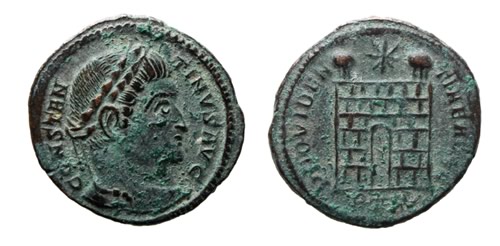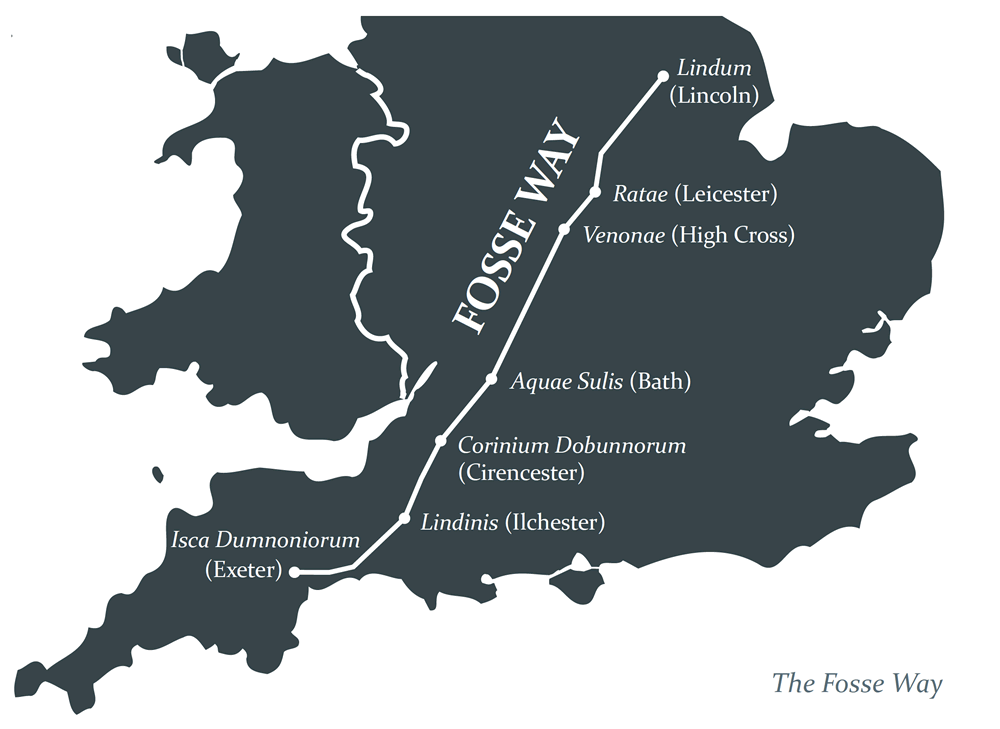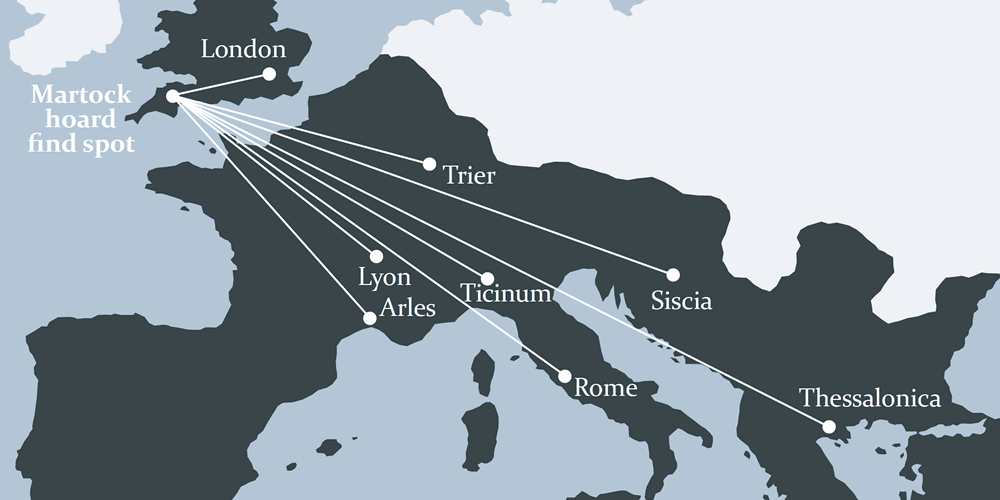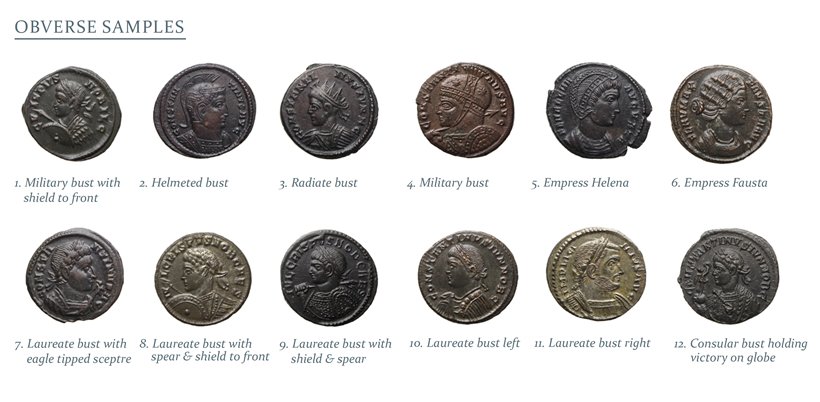History of the area
Somerset was occupied by the Durotriges tribe in the Iron Age and by the Roman’s only 6 years after the invasion of Britain in 43AD. The Second Augusta legion commanded by Vespasian (who later became emperor) marched along the coast from their landing point to Exeter and then back inland via the many Hill forts, ensuring that there was no opposition to the inevitable Roman rule. There is some evidence that a ‘marching fort’ was built just north-east of modern day Ilchester, this would have been the earliest occupation of the area. Following the Bouddica rebellion in 60- 61AD a vexillation fort housing 1000 legionnaires was built to control the use of the Fosse Way and modern day Ilchester was born.
The famous Fosse Way was built stretching from Exeter in the South West right through to Lincoln in the North East. This road passes close to the find site. Many major roman settlements were established on the Fosse Way, The nearest to the Martock hoard find spot was 6 miles away. Ilchester or as the Romans knew it Lindinis translating to ‘little marsh’ was a small settlement in Roman terms but still had some 35 acres enclosed with walls and was supported by a number of wealthy villas in the immediate surrounding area. The town’s defences started as a simple clay bank, later a timber revetment was added and during the 4th century this was replaced with a stone wall and defensive towers. Finance most likely came from the local tin mining opportunities alongside general farming and pottery manufacture.
In the 2nd Century AD a detachment from Lindinis helped to build Hadrian’s wall, this is known as inscriptions have been found on the wall recording the people from Lindinis some 320 miles north. These days this is a 6 hour car journey, one wonders how long it took on Horseback, if they were so lucky, otherwise I bet a few pairs of sandals were worn out!













